In Windows 8 and Windows 8.1, the Start Screen is designed as a touchscreen-friendly Start menu replacement. It focuses on the concept of pinning. Everything must be pinned to the Start screen and it appears as a tile. Earlier in Windows 8 RTM, it pinned every single installed app automatically, creating a real mess of random icons splattered all across the Start Screen. Thankfully, in Windows 8.1, Microsoft has changed this behavior. Windows 8.1 does not pin anything automatically, so you are able to keep your Start Screen well organized. With help of apps like Pin to 8, you can even pin any file, folder or system location.
If you want to change the way your Start Screen is organized, you may want to reset its layout to the defaults. It's pretty easy to do this.
Advertisеment
The Start screen keeps almost all data related to pinned apps and tiles in the following file:
%LocalAppData%\Microsoft\Windows\appsFolder.itemdata-ms
To locate the appsFolder.itemdata-ms file, you may also use the following trick:
- Press Win+R keys on your keyboard. The "Run" dialog will be displayed on the screen.
- Type the following:
shell:Local AppData
Tip: you can get the full list of shell commands from here: The full list of shell commands in Windows 8.
To reset the Start screen layout, you need to perform the following simple steps.
- Exit Explorer.
- Delete the appsFolder.itemdata-ms file.
- Run Explorer.
Let's see how it can be done.
Exit Explorer
Before you leave the Explorer shell, open an elevated command prompt and type:
cd /d %LocalAppData%\Microsoft\Windows\
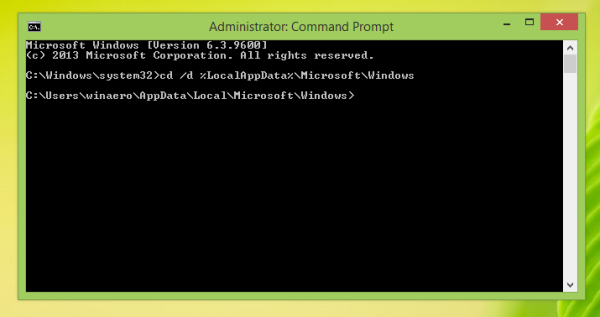 Do not close this window, leave it opened, you will use it a bit later.
Do not close this window, leave it opened, you will use it a bit later.
To exit the Explorer shell, use the secret "Exit Explorer" context (right-click) menu item on the Taskbar or Start Menu, which is described well in my following article: "How to properly restart the Explorer shell in Windows".
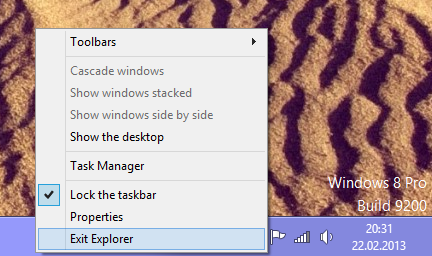 Your Desktop wallpaper and the taskbar will disappear:
Your Desktop wallpaper and the taskbar will disappear:
Delete the appsFolder.itemdata-ms file
Now type the following in the command prompt:
del appsfolder.itemdata-ms del appsfolder.itemdata-ms.bak
It will remove appsFolder.itemdata-ms and appsfolder.itemdata-ms.bak files from your hard drive. Note that these commands do not produce any message, they are completely silent. Now you can close the elevated command prompt window.
Run Explorer again
Press Ctrl + Shift + Esc shortcut on your keyboard. It will open the Task Manager. Choose File -> Run new task and type explorer in the 'Create new task' dialog:
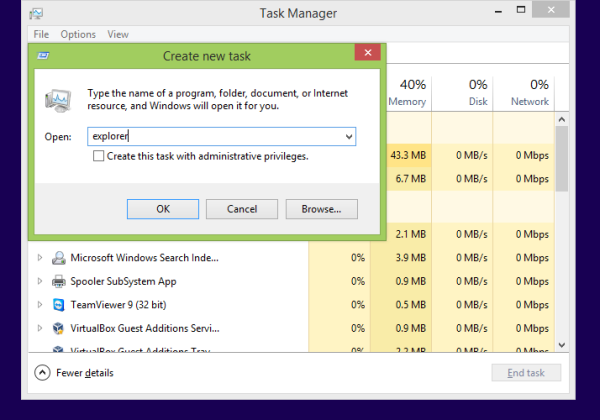 That's it. The Taskbar will reappear. If you switch to the Start screen now, you will see that its layout has been reset.
That's it. The Taskbar will reappear. If you switch to the Start screen now, you will see that its layout has been reset.
Here is how my Start screen looks before the reset:
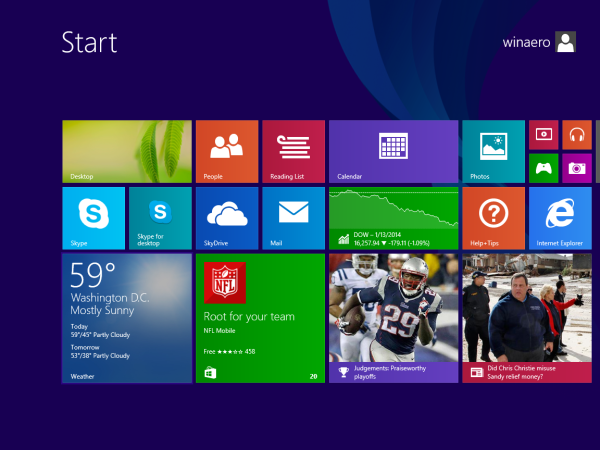 After the reset, it looks like how it would look if you had freshly installed Windows and logged in for the first time:
After the reset, it looks like how it would look if you had freshly installed Windows and logged in for the first time: 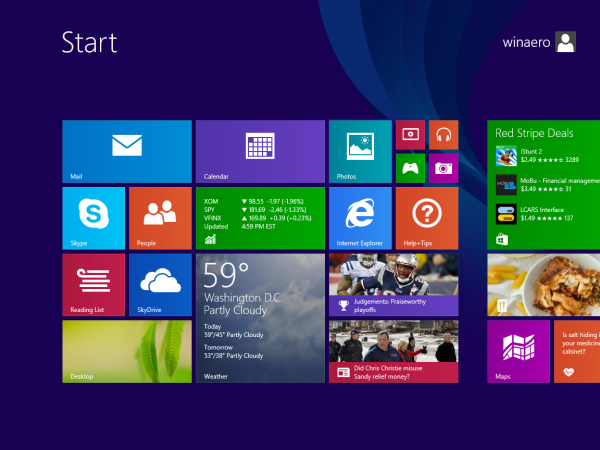
Support us
Winaero greatly relies on your support. You can help the site keep bringing you interesting and useful content and software by using these options:
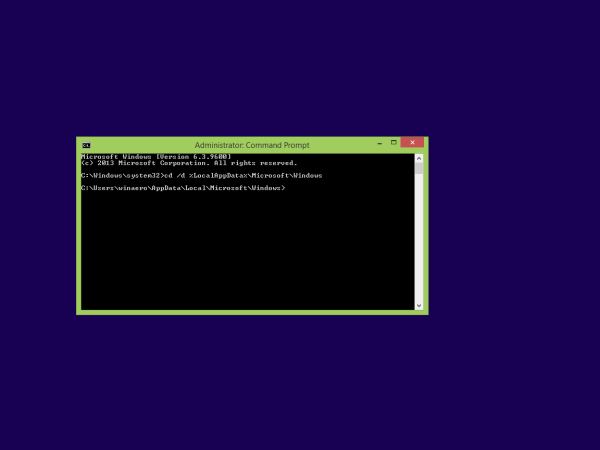

Help… it isn’t working anymore
I didn’t get what stop to work exactly.
Thank you VERY much!!!
you are welcome